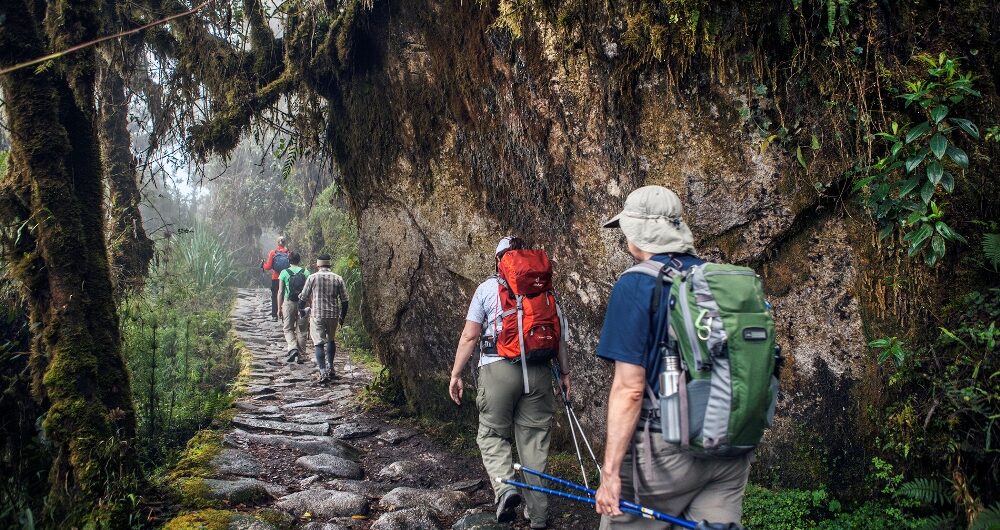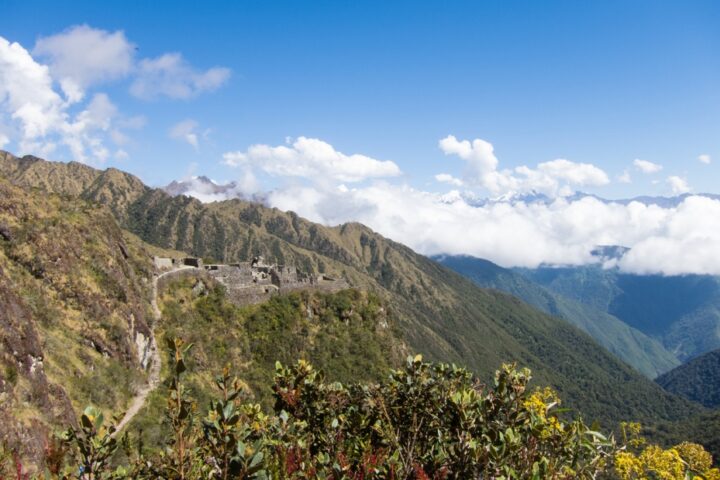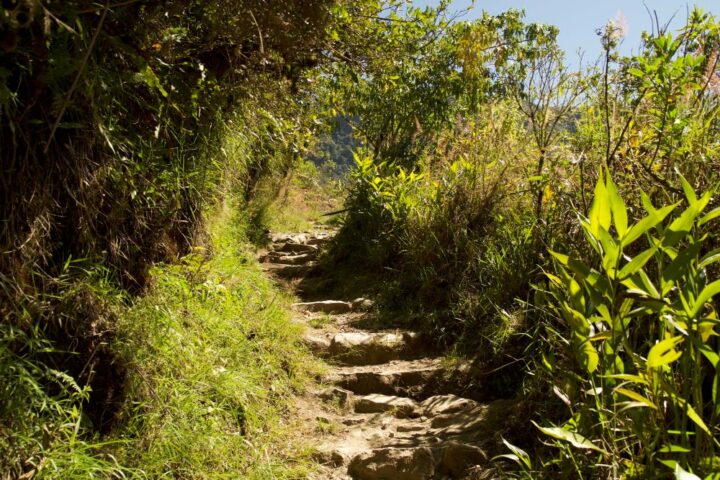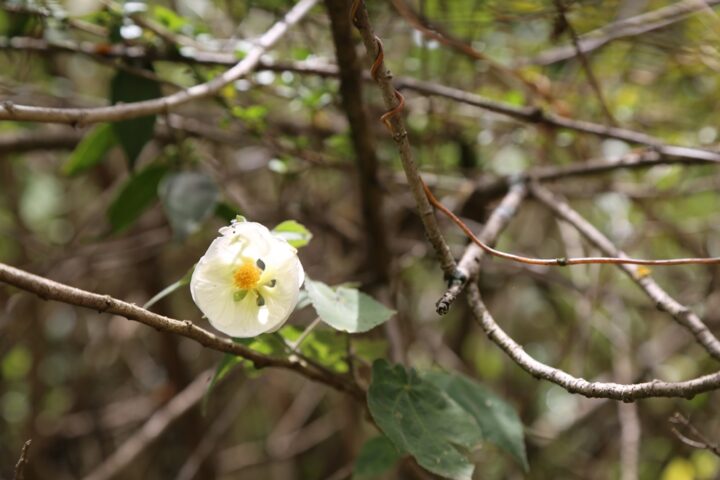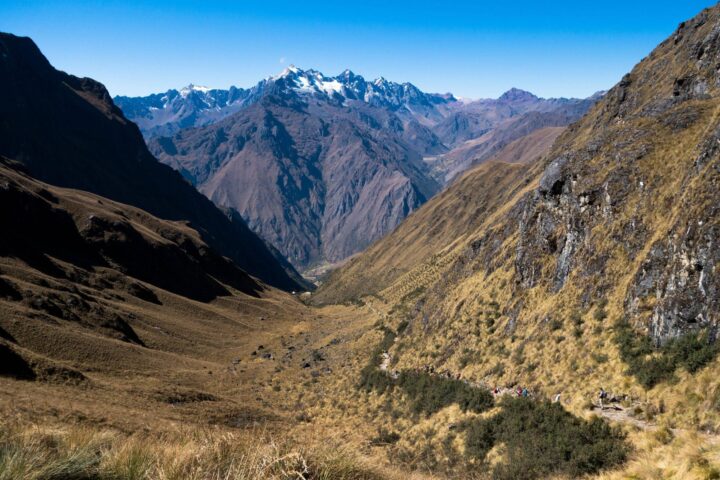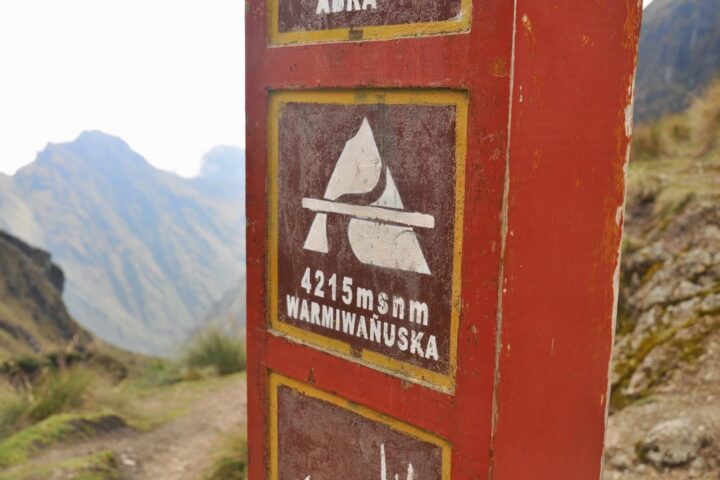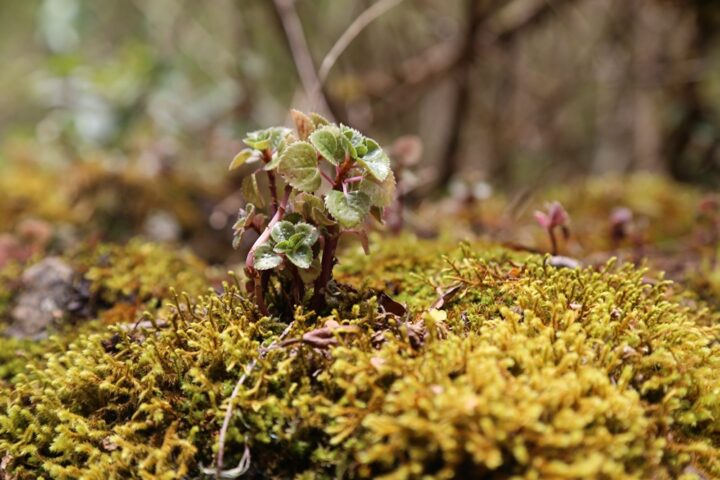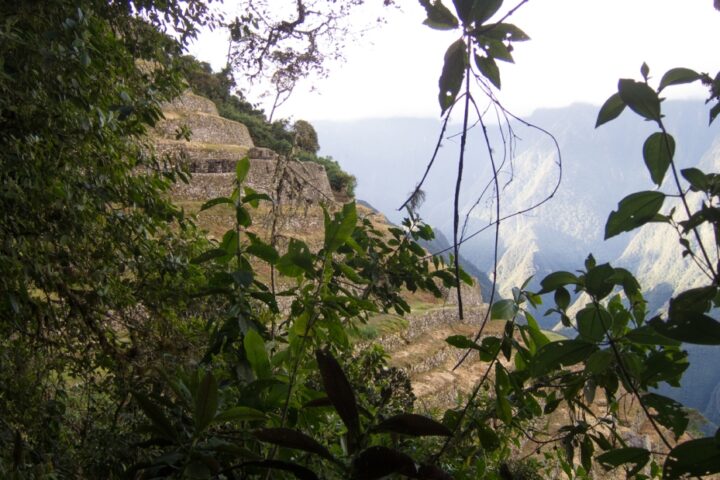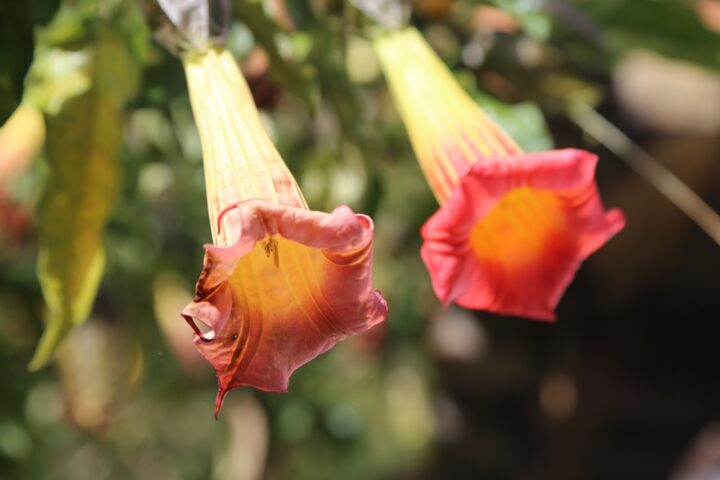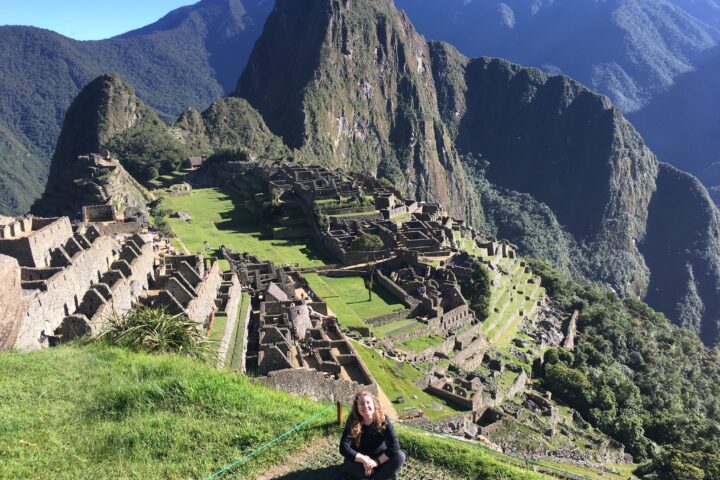My first steps onto the Inca trail
When I took my first steps onto the historic Inca Trail, I was too excited to be nervous about the challenges ahead. I’d received many warnings from my guide, Jose, about what was likely to come: achy knees, shortness of breath as the altitude increased, and maybe even genuine questions of whether I could finish the trek. There was humor in his voice when he shared these warnings, but his message wasn’t a joke: he wanted our group to be prepared for the Inca Trail difficulty ahead.
But those first few hours, I wasn’t thinking much about what Jose said. I was too busy chatting with my fellow hikers, oohing and ahhing over the fast-changing microclimates, and getting to know friendly locals along the trail.
When we reached our first truly challenging incline a few hours in, my hiking companions and I were tired but determined. Bring it on, we thought. But as the day wore on, and the final hours of the afternoon stretched seemingly forever through endless hills and bridges and complicated mountain turns, we started to doubt ourselves. When we finally reached that evening’s camp, where our porters greeted us with drinks and a warm welcome, we were bone tired. Day One was supposed to be a simple day of acclimating, but it took the wind out of us. Day Two, said to be the toughest part of the trail, loomed large ahead of us – could we do it?
From the outset, the Inca Trail might not look too difficult – in relative terms, anyway. It’s 26 miles, the total of a marathon, but instead of crammed into four hours of frantic running, those miles are spread out into four days. Yes, there are steep inclines, we were told, but there were also plenty of even-keeled stretches of the trek. So why, then, do some lifelong hikers claim put the Inca Trail’s difficulty level in the same category as summiting Mount Kilimanjaro? How does that add up?
Some of the Inca Trail difficulty has to do with genuine logistical hurdles. For starters, there’s the high altitude, which makes every physical effort harder for someone used to life at sea level. There’s also the fact that “incline” means something very different on the Inca Trail than it does in the rest of the world. When we heard we’d be climbing up many hundreds of stairs on the trail, we pictured the kinds of stairs we’re used to in our everyday lives. But Inca stairs are something else entirely: steep, vertical climbs that are each a mini mountain of their own.
Still, I don’t think the Inca Trail’s rewarding difficulty comes down to these details – I think it’s something more intangible. The trek is a giant game of mind over matter, of telling yourself over and over that you can do it. (Trust us, you really can!) Maybe there’s also something else – something magical about the history of the trail that makes it so significant. Maybe traversing through so many centuries of rich, treasured culture makes for some kind of indescribable emotional hurdle. Fortunately, hikers have the energy of generations of past Inca hikers and trail trekkers silently cheering them on as they go.
On the morning of our toughest and longest day, we woke up to a gorgeous mountain view, but we were all a bit too nervous to enjoy the vista. We began our trek to the ominously named Dead Woman’s Pass, the highest point of the trail and the midpoint of our most challenging day. Upward and upward we hiked, through seemingly endless stairs and inclines. We passed through a jungle more beautiful than anything I’d ever seen, than past an arid mountainside, then back to jungle again. On our first day, before we’d even started walking, our guide pointed to a mountain peak far, far in the distance and told us that it was where we were heading. It was so far and so high that we thought he was kidding. He wasn’t – that peak grew closer and closer as our altitude rose.
The magic of the trek was that even our toughest moments were broken up by more peaceful stretches. After an especially tough flight of stairs, Jose would stop our group in front of a breathtaking view, or lead us to one of the many archaeological sites along the journey, where we could catch our breath during a history lesson. Each of the toughest inclines were followed by more mellow downhill stretches where we could collect ourselves. Every time we felt like we might be close to our limits, the tide turned and we were met with a more mellow stretch of the trail.
After reaching Dead Woman’s Pass on that difficult second day, our group of trekkers had one more steep incline to tackle before we could retire for the night. Just before reaching that final peak, it started to pour. There we were, soaked in cleansing rain, surrounded by some of the most stunning natural beauty this planet has to offer. We were among high mountain peaks dappled with fast-moving clouds, bright blue natural ponds in lush green grass, and a valley that plunged down into what seemed like forever. It was like living in a postcard – but most of us were too focused on completing this final stretch to pay much attention to the beauty around us. That is, until the earth forced us into focus with a beautiful gift: a rainbow spanning all the way across the sky. We had no choice but to stop and marvel at the magic around us.
In a way, that’s how the whole trek felt: each time we felt lost or too “busy” to appreciate the wonder around us, we’d get a reminder of just how special our surroundings were. A reminder that mother nature was right there with us.
I was lucky to take on this trek with two of my oldest and closest friends as hiking companions. When we finally reached the Sun Gate after our four-day journey, we paused to gaze out at Machu Picchu side by side. None of us will ever forget it.
Does Machu Picchu Have A Safe Future?
Just a few weeks after my hike, I learned the devastating news that an airport is to be built near Machu Picchu. The airport is set to go up in Chinchero, a small, vibrant village in the heart of the Sacred Valley of the Incas. This area’s rich cultural and natural value makes it an invaluable part of Peru’s heritage. Overtourism is already pushing Chinchero and its residents to their limits. A new airport will only add to the problem. There’s also deep concern from conservationists that low-flying planes will cause great damage to Machu Picchu itself.
Will future young women get to gaze out over Machu Picchu together and see what my friends and I were privileged enough to see? Or will they see a crumbling site, damaged by overcrowding and the pollution of jet fuel?
The thought of future generations missing out on such a gift, and losing the opportunity to learn from this treasured piece of history, is gut-wrenching.
After our pause at the Sun Gate, my friends and I descended into the ancient city to finally see Machu Picchu up close. That day, as I’m sure it is most days, the site was incredibly crowded. It seemed near capacity, and to consider the site with even more people was nearly unfathomable – but with a new airport, that is surely what will happen. Instead of building an airport in
Chinchero, a better option might be to expand and update the Cusco airport, which can provide a path for more travelers to visit without adding more strain and damage to the Sacred Valley. It is a wonderful joy and privilege to see Peru’s beauty up close, and I hope that every future traveler experiences that same wonder – but we must enjoy and treasure this sacred place without defacing it. We need to preserve its beauty and vitality for generations to come.
Our founder, Marisol Mosquera, said it best herself in a recent note to past and present Aracari travelers:
“I cannot see this happen in front of my eyes and not share it with you. You have experienced (or are about to experience) the beauty, magic, and solitude of this bit of paradise and I know that you also want it preserved. Maybe we will not achieve anything, but at least we will know that we were aware and we tried to do something about it, so that maybe 20 years from now your children and grandchildren can come back and see what they saw when they came to Peru with you as kids. It is Aracari’s mission to inspire, celebrate, and connect you to our region. This is why we need to share this with you.”
We can do better to preserve this sacred place and its heritage. If you feel moved to do so, consider signing the petition to stop the airport.
Contact us today to create your very own tailormade itinerary to Peru, or explore one of our many itineraries for inspiration!. Also check out our information on Inca Trail to Machu Picchu.

